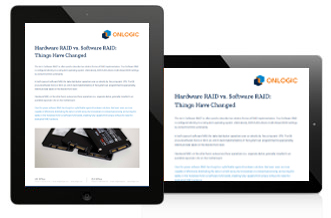It looks like you are visiting us from . Would you like to be taken to our European website?
The Ultimate Panel PC Buyer's Guide
Our Complete Guide and Checklist
We’ve collected the most important information to consider before selecting the panel PC for your project. Armed with answers to some, or all of these questions, you’ll be in the best position to choose your perfect HMI solution. In this guide you'll learn which variables, configuration options, software choices and more will inform the hardware you need to launch a successful project.


Factory Automation Solution Brief
Challenges, solutions, and hardware options for manufacturers
Effectively capturing, analyzing and acting on the data being generated by production facilities is key to driving improvements and optimizing throughput. Every operation is unique, but in all cases the systems that power factory automation solutions must be reliable, flexible, and scalable. Download our Solution Brief for a look at how OnLogic hardware helps overcome the most common challenges on the factory floor.
A Crash Course in AI
Everything You Wanted To Know About AI But Were Afraid to Ask ChatGPT
Our AI Crash Course includes the elements and capabilities that make it so powerful and potentially transformative. We also touch on the benefits and opportunities of AI and what you need to do now to prepare to implement AI solutions, including a step-by-step guide. Finally, we’ve included a glossary of AI terms to help you navigate the AI landscape.

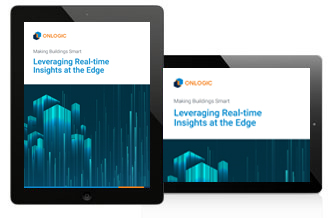
Leverage Real-time Insights From the Edge
Making Buildings Smart
This eBook will give you a solid foundation to understand smart buildings and how you can gain actionable insights from edge data. It will cover smart building examples, what to look for in edge hardware, and how to get started collecting data for a smart building solution of your own.
Activating insights at the far edge with Red Hat
How to bring resilient, stable, and flexible computing to harsh edge environments
This eBook will help you understand the value of collecting, controlling, and acting upon data on edge devices, and illuminate some of the specific infrastructure needs to optimize far edge deployments.

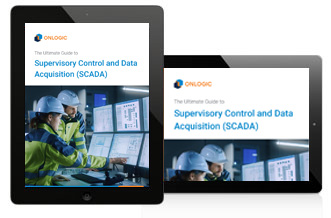
The Ultimate Guide to Supervisory Control And Data Acquisition (SCADA)
Learn how to get started building a SCADA solution
A SCADA (Supervisory Control and Data Acquisition) system, is designed to collect, analyze and visualize data to help inform actions. We’ve created this guide to highlight the significant benefits of modern SCADA and help you identify the key features of SCADA hardware and software. In this guide we also provide a few tips to help you get started implementing a smart SCADA solution of your own.
The Benefits Of Fanless Computing
Learn How You Can Reduce System Downtime
We asked IT professionals about the hardware problems that frustrate them the most, and discovered that they all had a single culprit: the fan. Here are five of the key benefits to going fanless.
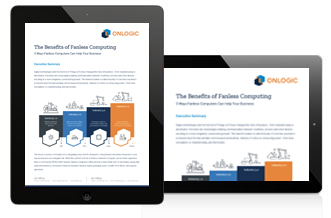

The Ultimate Guide to Choosing an Industrial Computer
Our Complete Guide and Configuration Checklist
We’ve collected the most important information to consider before selecting the hardware platform for your project. In this guide you'll learn which variables, configuration options, software choices and more will inform the hardware you need to launch a successful project.
Trusted Platform Module (TPM) 2.0 Quick Reference Guide
Comparing Hardware TPM, Intel PTT and AMD fTPM
Hardware TPM, sometimes called discrete or dTPM, has become the go-to solution for securing computer hardware. But recently, Intel and AMD have developed their own technologies for securing systems to TPM 2.0 standards using onboard system components without the need for a dedicated cryptoprocessor. Learn more about the similarities and differences between these solutions in our quick reference guide.
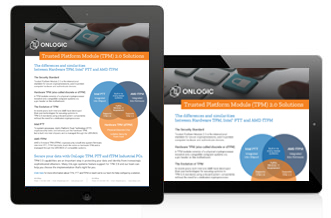

Fanless Computer Installation Guide
Key Dos and Don'ts to Ensure Success
Careful thought and consideration has gone into selecting and configuring the perfect fanless computer for your industrial IoT, Industry 4.0 or edge computing project. Don't let the last step in the process undo all that hard work. Download our Fanless Computer Installation Guide and learn all the dos and don'ts to ensure your project is a success.
Four Solutions For Dealing With Dust
Protect Your Computer From Particulate Rich Environments
Got dust? Most production environments do. If it isn’t dust, it’s grease, corrosives, or other particulate that harms electronic components and makes IT challenging in the manufacturing space. Airborne hazards break down computer fans and coat motherboards. The end result is system breakdown and production line downtime.

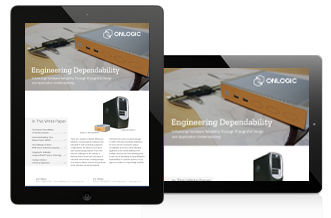
Understanding MTBF
Enhancing Hardware Reliability by Engineering Dependability
In the world of computer hardware and other electronics, Mean Time Between Failure (MTBF) attempts to quantify the dependability of components and systems. But in evaluating the potential total cost of ownership of IPC devices there are a number of other important factors to consider. Learn what MTBF ignores.
The Ultimate Guide to RAID
Find out which RAID storage solution is best for you
RAID (Redundant Array of Independent Disks) is a technology used to stitch multiple storage drives together into a single volume for a variety of purposes, such as improved read/write speeds and data protection through redundancy. Download our Ultimate Guide to RAID to learn how you can improve your business processes and protect your mission critical data.
